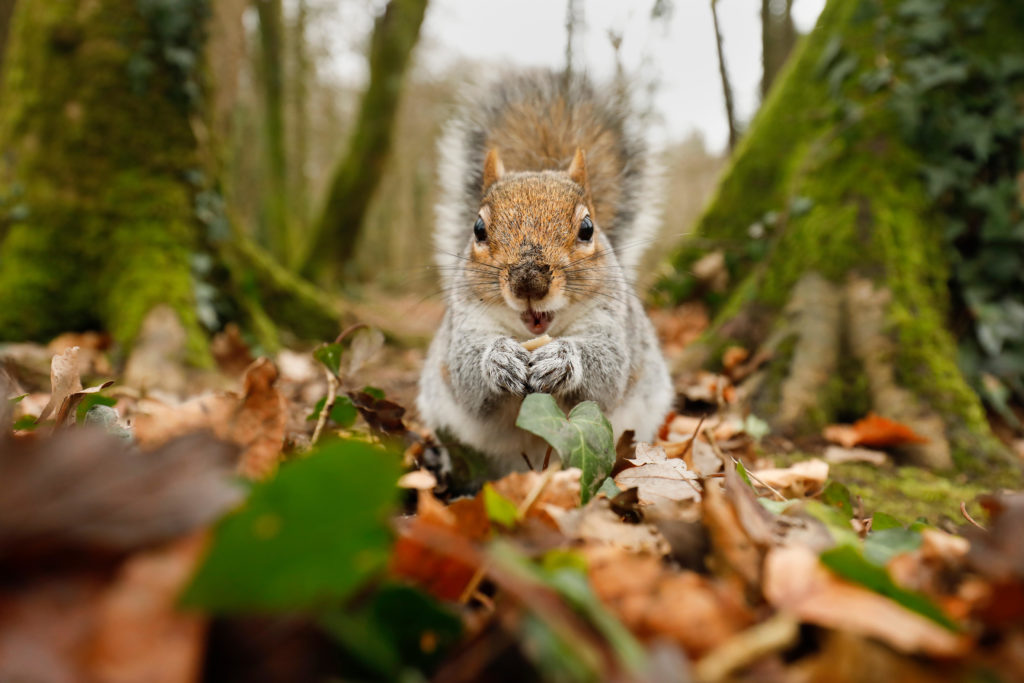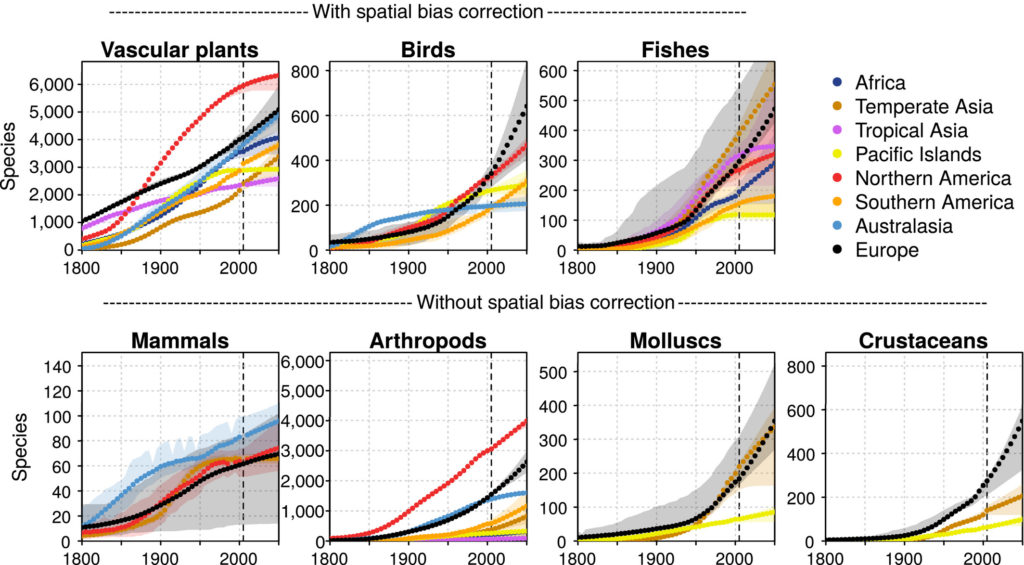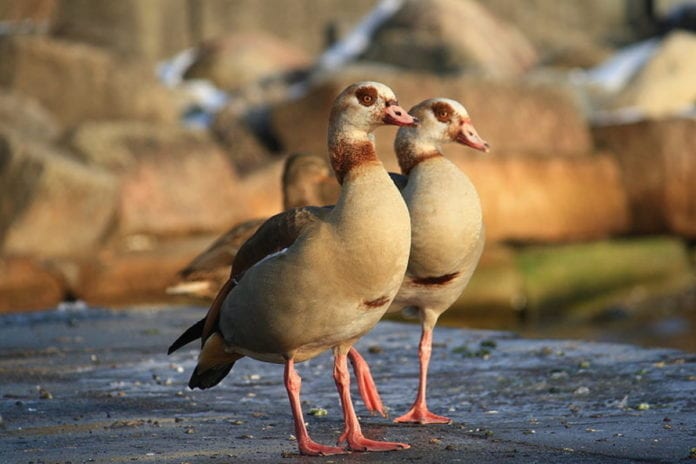The number of alien (non-native) species, particularly insects, arthropods and birds are projected to increase globally by 36 per cent by mid-century, compared to 2005, according to new research by an international team involving University College London.
The study published in Global Change Biology, also predicts the arrival of 2500 new non-native species in Europe i.e., a 64 per cent increase for the continent, over the next 45 years. More than 35,000 such species had been recorded by 2005 (the date of the most recent comprehensive global catalogue). The team of researchers led by the German Senckenberg Biodiversity and Climate Research Centre, hope that it should be possible to reduce this number with stricter biosecurity regulations.
What are alien species?
Alien species are those beings that humans have moved around the world to places where they do not naturally occur. They are non-native to an ecosystem and some of these can go on to become invasive. They can be harmful to ecosystems and economies and can also have adverse effects on biodiversity, including reduction and elimination of native species- through competition, predation, etc.

“Our study predicts that alien species will continue to be added to ecosystems at high rates through the next few decades, which is concerning as this could contribute to harmful biodiversity change and extinction”, said Tim Blackburn, a professor at University College London’s Centre for Biodiversity & Environment Research and co-author of the study. “But we are not helpless bystanders: with a concerted global effort to combat this, it should be possible to slow down or reverse this trend.”
For the study, the research team developed a mathematical model to calculate for the first time how many more aliens would be expected by 2050. The model was based on estimated sizes of source pools (the species that have the potential of becoming invasive) and dynamics of historical invasions, under a ‘business-as-usual’ scenario that assumes a continuation of current trends.
The model predicts that by the middle of the century, there will be 36 per cent more alien plants and animal species globally than there were in 2005. The study suggests that Europe will be expecting the largest increase in the number of alien species. The continent is expected to have a 64 per cent rise in non-native species by the end of 2050. Besides Europe, the study showed that temperate latitudes in Asia, North America and South America are also likely to see a rise in alien invaders. Australia is expected to see a relatively small increase in alien species.

“These will primarily include rather inconspicuous new arrivals such as insects, molluscs, and crustaceans. In contrast, there will be very few new alien mammal species such as the well-known raccoon”, said lead author of the study, Dr Hanno Seebens (Senckenberg Biodiversity and Climate Research Centre, Germany)
Co-author Dr Franz Essl from the University of Vienna added: “Increases are expected to be particularly large for insects and other arthropods, such as arachnids and crustaceans. We predict the number of aliens from these groups to increase in every region of the world by the middle of the century — by almost 120% in the temperate latitudes of Asia.”

The study also predicts that the rate at which new species arrive will continue to increase, at least in some animal groups. Globally, by 2050, alien arthropod and bird species, in particular, will arrive faster than before, compared to the period 1960 to 2005. Europe is expected to see an increase in new alien arrivals for all plant and animal groups except mammals. As global trade and transport are expected to increase in the coming decades, a reversal or a slowdown in the spread of alien species is nowhere in sight.
“We will not be able to entirely prevent the introduction of alien species, as this would mean severe restrictions in international trade”, said Dr Seebens. “However, stricter regulations and their rigorous enforcement could greatly slow the flow of new species. The benefits of such measures have been shown in some parts of the world. Regulations are still comparatively lax in Europe, and so there is great potential here for new measures to curtail the arrival of new aliens.”
Further Reading:


